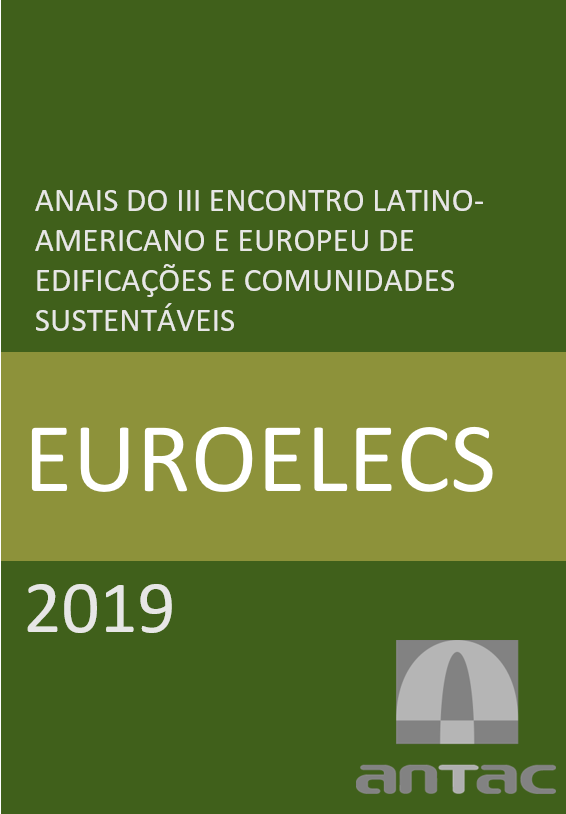EFFICIENT AND SUSTAINABLE DESIGN FOR COMPACT HOUSES
Keywords:
thermal comfort, building techniques, energy efficiency, green roof, water managementAbstract
Civil construction is one of the fastest growing economies in the world, causing many damages to the environment and society, many of them related to energy consumption. Due to the intense relationship between environmental comfort and energy consumption in buildings, the environmental comfort conditions have been taking significant space in the construction industry. With global warming and the great consumption of raw materials, construction with sustainable materials and the use of passive techniques to ensure environmental comfort have been increasingly important, thus avoiding the use of artificial sources of cooling or heating in the buildings. The way the project is developed and the building techniques used can lead to great energy savings both during construction and during operation of the buildings. This work aims to propose a design model that could be used as a guideline for design, materials and techniques in the Southeast region of Brazil to obtain types of dwellings with thermal comfort, energy efficiency, efficient materials and techniques. A prototype house of 50m?, with the possibility of being expanded, was designed in the city of Atibaia, in the State of São Paulo. The design was made according to the Bioclimatic Region 3 of Brazil, not only with enough opening for natural ventilation but also with openings which allow cross ventilation, a requirement for this region. The materials and techniques were chosen based on thermal comfort; the availability in the region; easiness and time of execution; durability and strength; precedence; possibility of reusing the material; dispose (biodegradable or recyclable). An efficient water management was designed, solar panels and vegetable garden located. It was planned to be implanted in a small lot, showing the possibility to treat sewer, generate energy, produce food and follow the recommendations to obtain comfort even in small lots.

